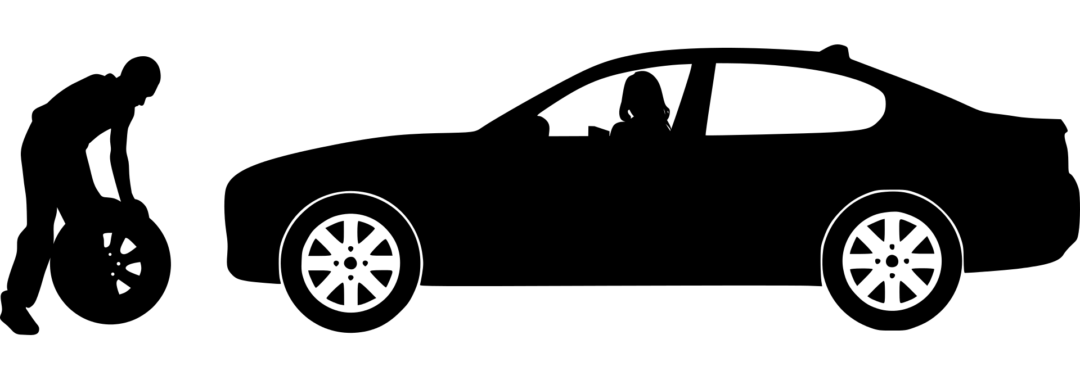Insurance policies typically provide coverage for injuries “arising out of” the “use” of a covered vehicle. This obviously means driving a car, but what if you are not driving? What if someone hits you while you are changing your tire, or while out of your car exchanging information with another driver?
This varies a lot from one state to another. In Florida, for instance, a driver exchanging information after a minor accident who was then struck by another vehicle was not covered.[1]
The Florida appellate court noted that while “number of jurisdictions are aligned with Florida” “[o]ther jurisdictions have extended the definition…much further.”[2]
Courts have held the opposite of Florida and ruled that insurance covered a driver who had gotten out of a covered vehicle to exchange information with another driver.[3] Courts in many states have gone even further, finding coverage extends to: an injury victim who had left the vehicle and was walking a mile away; a passenger who got out of a car at a convenience store to pay for gas; a truck driver who exited his truck in a parking lot and was struck while walking across a highway; a driver of a borrowed vehicle who pulled onto a median and got out to assist another vehicle who was waiting for a tow truck; a driver who had retrieved items from a vehicle at the request of an officer and was 97 feet from the insured vehicle when struck and injured; a passenger standing 117 feet away from a vehicle and speaking to an officer; a passenger watching a mechanic work on a vehicle when the engine exploded.[4]
New York courts have held that insurance coverage extends to a covered person who “alights [from the covered vehicle] following some temporary interruption at a place other than his destination, remains in the immediate vicinity of the vehicle and there is every reason to believe that, had it not been for the accident, he would shortly have resumed his place in the vehicle.”[5]
Washington courts follow a four-factor test: (1) there must be a causal relation or connection between the injury and the use of the insured vehicle; (2) the person asserting coverage must be in reasonably close geographic proximity to the insured vehicle, although the person need not be actually touching it; (3) the person must be vehicle oriented rather than highway or sidewalk oriented at the time; and (4) the person must also be engaged in a transaction essential to the use of the vehicle at the time.[6]
In applying this test, the Washington Court of Appeals held that a driver who temporarily exited a vehicle to ask for directions was “using” the vehicle and was covered.[7]
If an insurance company has denied coverage because they claim you were not “occupying” or “using” a covered vehicle, this is not necessarily the end of the story. Courts, not insurance companies, have the final say. Consult with an attorney.
____
[1] Auto-Owners Ins. Co. v. Above All Roofing, LLC, 924 So.2d 842 (Fla.App. 2 Dist. 2006).
[2] Id., n.4.
[3] Wolf v. Am. Cas. Co. of Reading, Pa., 2 Ill.App.2d 124, 118 N.E.2d 777 (1954).
[4] Auto-Owners Ins. Co. v. Above All Roofing, LLC, n.4., citations omitted.
[5] Cepeda v. U.S. Fid. & Guar. Co., 37 A.D.2d 454, 326 N.Y.S.2d 864, 866 (1971).
[6] Rau v. Liberty Mutual Insurance, 21 Wn.App. 326, 585 P.2d 157 (1978).
[7] Id.
